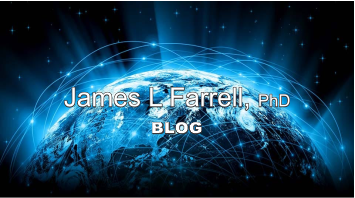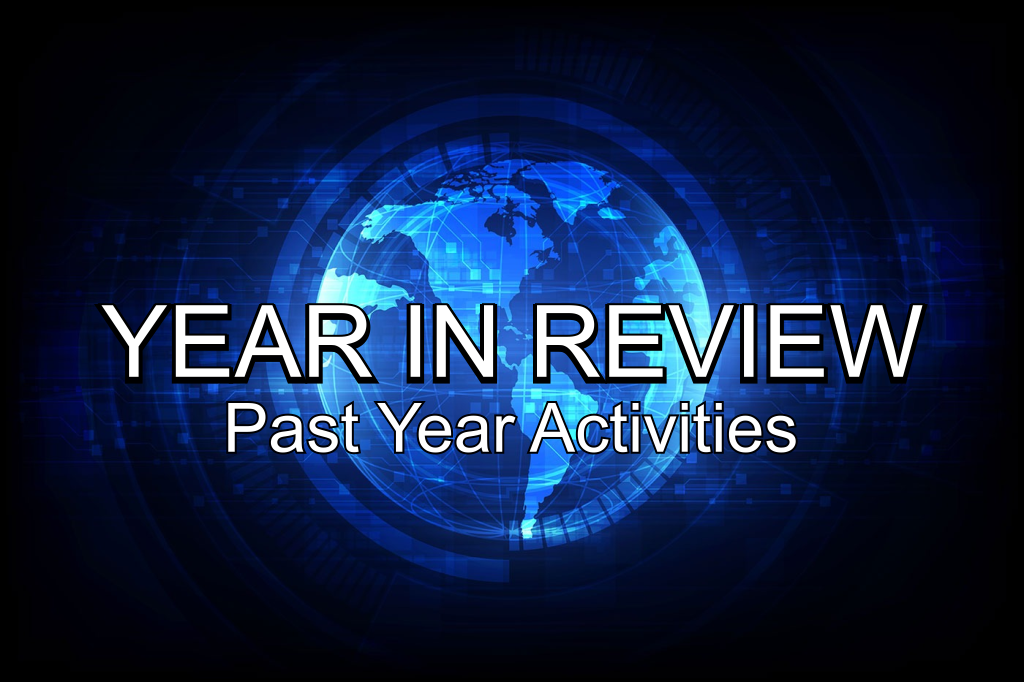Life before GPS
Before GPS took over so many operations by storm (e.g., navigation,tracking, timing, surveying, etc.), designers had access to other — far less capable — provisions. That condition forced our hands; to derive maximum benefit from what was available, we had to extract full information content from those provisions. Now that GPS is subjected to challenges (aging, jamming, spoofing , etc.), some of those older methods are receiving increased scrutiny. Recently I’ve received renewed interest in areas I analyzed decades ago. Old publications from two of those areas are discussed here: 1) attitude determination and 2) nav integration.
“Attitude Determination by Kalman Filtering” is the title of three documents I had published. In reverse sequence they are:
1) Automatica (IFAC Journal), v6 1970, pp. 419-430,
2) my Ph.D. dissertation (Univ. of Maryland, 1967),
3) NASA CR-598, Sept., 1966.
As indicated by the last reference, the work was the result of a contractual study sponsored by NASA (specifically Goddard Space Flight Center – GSFC – in Greenbelt Maryland). I was working for Wetinghouse Defense and Space Center at the time. The proposal I had written to win this contract cited my work prior to then, in both modern estimation (“Simulation of a Minimum Variance OrbitalNavigation System,” AIAA JSR v 3 Jan 1966 pp. 91-98) and attitude computation (“Performance of Strapdown Inertial Attitude Reference Systems,” AIAA JSR v 3 Sept 1966, pp. 1340-1347). Let me hasten to explain the dates of those Journal publications: each followed its inclusion at an AIAA-sponsored conference, about a year earlier.
By the mid-1960s there was an appreciable amount of validation for Kalmen filtering applied to determination of orbits (that track record was convincing) but not yet for attitude. A GSFC-sponsored investigation was then planned — the very first one for attitude using modern estimation methods as acknowledged in
Fundamentals of Spacecraft Attitude Determination and Control Chapter 1. GSFC management understandably wanted that contractual investigation to be performed by someone with demonstrable experience in both Kalman filtering and rotational dynamics. In those days that combination was rare; the Westinghouse proposal was chosen as the winner. At the time of that study, provisions realistically available for attitude updating consisted of mediocre-accuracy items such as magnetometers and horizon scanners– not bad but not spectacular either.
All that was of course before GPS weighed in, with its opportunity to reveal attitude from phase differences between antennas spaced at known distances apart. That vastly superior capability effectively reduced earlier crude measurements to relative obscurity. A directly parallel situation occurred in connection with navigation; the book that first tied together several facets of advancement in that field (integration, strapdown inertial, modern estimation with acceptance of all data sources, multimode operation, extension to tracking, clear exposition of all commonly used representations of attitude, etc.) was”pre-GPS” (1976), and consequently regarded as less relevant. Timing can be decisive — that’s no one’s fault.
The item just noted — attitude representation — is worth further discussion here. Unlike many other sources, my 1976 book offered an opportunity to use quaternion properties without any need to learn a specialized quaternion algebra. A literature search, however, will point primarily to various sources (of necessity, later than 1976).that benefit from the superior performance offered through GPS usage. Again, in view of GPS as a game-changer, that is not necessarily improper. Most publications on attitude determination don’t cite the first-ever investigation, sponsored by GSFC, for that innocent reason.
The word beginning that last sentence (“Most”) has an exception. One author, widely quoted as an authority (especially on quaternions), did cite the original work — dismissing it as “ad-hoc” —
while using an
exact copy of the sensitivity matrix elements pubished in my original investigation (the three references cited at the start of this blog).
Obviously I didn’t invent either quaternions or the Kalman filter. Unlike the author just mentioned, also, I didn’t fail to credit, in my publications, pre-existing sources that contributed to my findings. Publication of the material cited here, I’ve been told, paved the way for understanding and insight to many who followed. No one owes me anything for that; an analyst’s work, truthfully and realistically presented, is what the analyst has to offer.
It is worth pointing out that both the attitude determination study and the 1976 book cover another facet of rotational analysis absent from many other related publications: dynamics — in the sense of physics. Whereas modern estimation lumps time-variations of the state together into one all-encompassing “dynamic” model, classical physics makes a separation: Kinematics defines the relation between position, rates, and accelerations. Dynamics determines translational accelerations resulting from forces or rotational accelerations resulting from torques.
Despite absence of GPS from my early (1960s/70s) investigations, one feature that can still make them useful for today’s analysts is the detailed characterization of torques acting — in very different ways — on spinning and gravity-gradient satellites, plus their effects on rotational motion. Many of the later studies focused on the rotational kinematics, irrespective of those torques and their consequences. Similarly, the “minimal-math”approach to explaining integrated navigation has enabled many to grasp the concepts. Testimony to that is contained in the above citation of my 1976 book .










